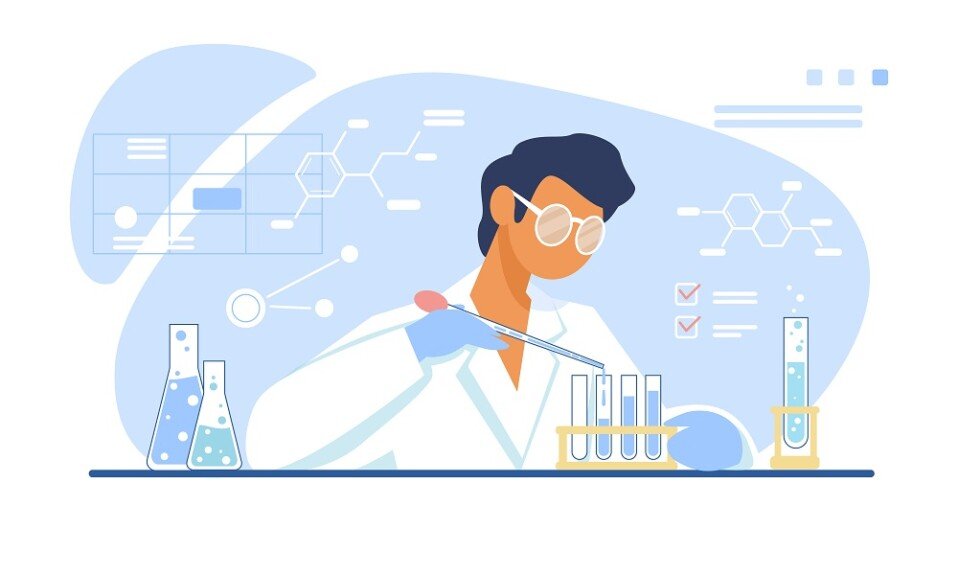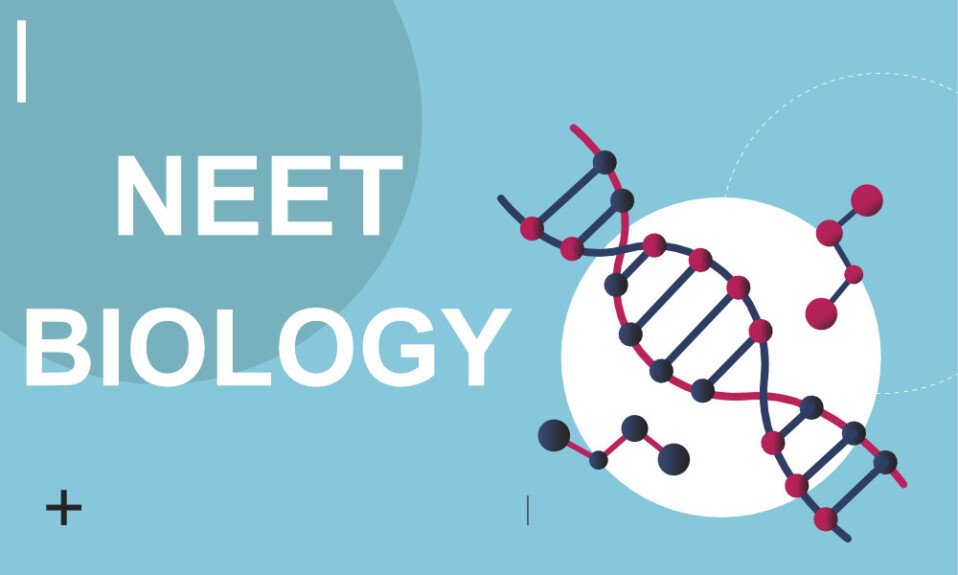1. A polysaccharide which is often called animal starch is
(A) Glycogen
(B) Starch
(C) Inulin
(D) Dextrin
Answer:(D) Dextrin
2. The homopolysaccharide used for intravenous infusion as plasma substitute is
(A) Agar
(B) Inulin
(C) Pectin
(D) Starch
Answer:(A) Agar
3. The polysaccharide used in assessing the glomerular filtration rate (GFR) is
(A) Glycogen
(B) Agar
(C) Inulin
(D) Hyaluronic acid
Answer:(C) Inulin
4. The constituent unit of inulin is
(A) Glucose
(B) Fructose
(C) Mannose
(D) Galactose
Answer:(B) Fructose
5. The polysaccharide found in the exoskeleton of invertebrates is
(A) Pectin
(B) Chitin
(C) Cellulose
(D) Chondroitin sulphate
Answer:(B) Chitin
6. Which of the following is a heteroglycan?
(A) Dextrins
(B) Agar
(C) Inulin
(D) Chitin
Answer:(B) Agar
7. The glycosaminoglycan which does not contain uronic acid is
(A) Dermatan sulphate
(B) Chondroitin sulphate
(C) Keratan sulphate
(D) Heparan sulphate
Answer:(C) Keratan sulphate
8. The glycosaminoglycan which does not contain uronic acid is
(A) Hyaluronic acid
(B) Heparin
(C) Chondroitin sulphate
(D) Dermatan sulphate
Answer:(B) Heparin
9. Keratan sulphate is found in abundance in
(A) Heart muscle
(B) Liver
(C) Adrenal cortex
(D) Cornea
Answer:(D) Cornea
10. Repeating units of hyaluronic acid are
(A) N-acetyl glucosamine and D-glucuronic acid
(B) N-acetyl galactosamine and D-glucuronic acid
(C) N-acetyl glucosamine and galactose
(D) N-acetyl galactosamine and L- iduronic acid
Answer:(A) N-acetyl glucosamine and D-glucuronic acid
11. The approximate number of branches in amylopectin is
(A) 10
(B) 20
(C) 40
(D) 80
Answer:(D) 80
12. In amylopectin the intervals of glucose units of each branch is
(A) 10–20
(B) 24–30
(C) 30–40
(D) 40–50
Answer:(B) 24–30
13. A polymer of glucose synthesized by the action of leuconostoc mesenteroides in a sucrose medium is
(A) Dextrans
(B) Dextrin
(C) Limit dextrin
(D) Inulin
Answer:(A) Dextrans
14. Glucose on reduction with sodium amalgam forms
(A) Dulcitol
(B) Sorbitol
(C) Mannitol
(D) Mannitol and sorbitol
Answer:(B) Sorbitol
15. Glucose on oxidation does not give
(A) Glycoside
(B) Gluco Saccharic acid
(C) Gluconic acid
(D) Glucuronic acid
Answer:(A) Glycoside
16. Oxidation of galactose with conc HNO3 yields
(A) Mucic acid
(B) Glucuronic acid
(C) Saccharic acid
(D) Gluconic acid
Answer:(A) Mucic acid
17. A positive Benedict’s test is not given by
(A) Sucrose
(B) Lactose
(C) Maltose
(D) Glucose
Answer:(A) Sucrose
18. Starch is a
(A) Polysaccharide
(B) Monosaccharide
(C) Disaccharide
(D) None of these
Answer:(A) Polysaccharide
19. A positive Seliwanoff’s test is obtained with
(A) Glucose
(B) Fructose
(C) Lactose
(D) Maltose
Answer:(B) Fructose
20. Osazones are not formed with the
(A) Glucose
(B) Fructose
(C) Sucrose
(D) Lactose
Answer:(C) Sucrose
21. The most abundant carbohydrate found in nature is
(A) Starch
(B) Glycogen
(C) Cellulose
(D) Chitin
Answer:(C) Cellulose
22. Impaired renal function is indicated when the amount of PSP excreted in the first 15 minutes is
(A) 20%
(B) 35%
(C) 40%
(D) 45%
Answer:(A) 20%
23. An early feature of renal disease is
(A) Impairment of the capacity of the tubule to perform osmotic work
(B) Decrease in maximal tubular excretory capacity
(C) Decrease in filtration factor
(D) Decrease in renal plasma flow
Answer:(A) Impairment of the capacity of the tubule to perform osmotic work
24.ADH test is based on the measurement of
(A) Specific gravity of urine
(B) Concentration of urea in urine
(C) Concentration of urea in blood
(D) Volume of urine in ml/minute
Answer:(A) Specific gravity of urine
25. The specific gravity of urine normally ranges from
(A) 0.900–0.999
(B) 1.003–1.030
(C) 1.000–1.001
(D) 1.101–1.120
Answer:(B) 1.003–1.030
26. Specific gravity of urine increases in
(A) Diabetes mellitus
(B) Chronic glomerulonephritis
(C) Compulsive polydipsia
(D) Hypercalcemia
Answer:(A) Diabetes mellitus
27. Fixation of specific gravity of urine to 1.010 is found in
(A) Diabetes insipidus
(B) Compulsive polydipsia
(C) Cystinosis
(D) Chronic glomerulonephritis
Answer:(D) Chronic glomerulonephritis
28. Addis test is the measure of
(A) Impairment of the capacity of the tubule to perform osmotic work
(B) Secretory function of liver
(C) Excretory function of liver
(D) Activity of parenchymal cells of liver
Answer:(A) Impairment of the capacity of the tubule to perform osmotic work
29. Number of stereoisomers of glucose is
(A) 4
(B) 8
(C) 16
(D) None of these
Answer:(C) 16
30. Maltose can be formed by hydrolysis of
(A) Starch
(B) Dextrin
(C) Glycogen
(D) All of these
Answer:(D) All of these
31. α–D–Glucuronic acid is present in
(A) Hyaluronic acid
(B) Chondroitin sulphate
(C) Heparin
(D) All of these
Answer:(C) Heparin
32. Fructose is present in hydrolysate of
(A) Sucrose
(B) Inulin
(C) Both of the above
(D) None of these
Answer:(C) Both of the above
33. A carbohydrate found in DNA is
(A) Ribose
(B) Deoxyribose
(C) Ribulose
(D) All of these
Answer:(B) Deoxyribose
34. Ribulose is a these
(A) Ketotetrose
(B) Aldotetrose
(C) Ketopentose
(D) Aldopentose
Answer:(C) Ketopentose
35. A carbohydrate, commonly known as dextrose, is
(A) Dextrin
(B) D-Fructose
(C) D-Glucose
(D) Glycogen
Answer:(C) D-Glucose
36. A carbohydrate found only in milk is
(A) Glucose
(B) Galactose
(C) Lactose
(D) Maltose
Answer:(C) Lactose
37. A carbohydrate, known commonly as invert sugar, is
(A) Fructose
(B) Sucrose
(C) Glucose
(D) Lactose
Answer:(B) Sucrose
38. A heteropolysaccharide among the following is
(A) Inulin
(B) Cellulose
(C) Heparin
(D) Dextrin
Answer:(C) Heparin
39. The predominant form of glucose in solution is
(A) Acyclic form
(B) Hydrated acyclic form
(C) Glucofuranose
(D) Glucopyranose
Answer:(D) Glucopyranose
40. An L-isomer of monosaccharide formed in the human body is
(A) L-fructose
(B) L-Erythrose
(C) L-Xylose
(D) L-Xylulose
Answer:(D) L-Xylulose
41. Hyaluronic acid is found in
(A) Joints
(B) Brain
(C) Abdomen
(D) Mouth
Answer:(A) Joints
42. The carbon atom which becomes asymmetric when the straight chain form of monosaccharide changes into ring form is known as
(A) Anomeric carbon atom
(B) Epimeric carbon atom
(C) Isomeric carbon atom
(D) None of these
Answer:(A) Anomeric carbon atom
43. The smallest monosaccharide having furanose ring structure is
(A) Erythrose
(B) Ribose
(C) Glucose
(D) Fructose
Answer:(B) Ribose
44. Which of the following is an epimeric pair?
(A) Glucose and fructose
(B) Glucose and galactose
(C) Galactose and mannose
(D) Lactose and maltose
Answer:(B) Glucose and galactose
45. α-Glycosidic bond is present in
(A) Lactose
(B) Maltose
(C) Sucrose
(D) All of these
Answer:(B) Maltose
46. Branching occurs in glycogen approximately after every
(A) Five glucose units
(B) Ten glucose units
(C) Fifteen glucose units
(D) Twenty glucose units
Answer:(B) Ten glucose units
47. N–Acetylglucosamine is present in
(A) Hyaluronic acid
(B) Chondroitin sulphate
(C) Heparin
(D) All of these
Answer:(A) Hyaluronic acid
48. Iodine gives a red colour with
(A) Starch
(B) Dextrin
(C) Glycogen
(D) Inulin
Answer:(C) Glycogen
49. Amylose is a constituent of
(A) Starch
(B) Cellulose
(C) Glycogen
(D) None of these
Answer:(A) Starch
50. Synovial fluid contains
(A) Heparin
(B) Hyaluronic acid
(C) Chondroitin sulphate
(D) Keratin sulphate
Answer:(B) Hyaluronic acid



